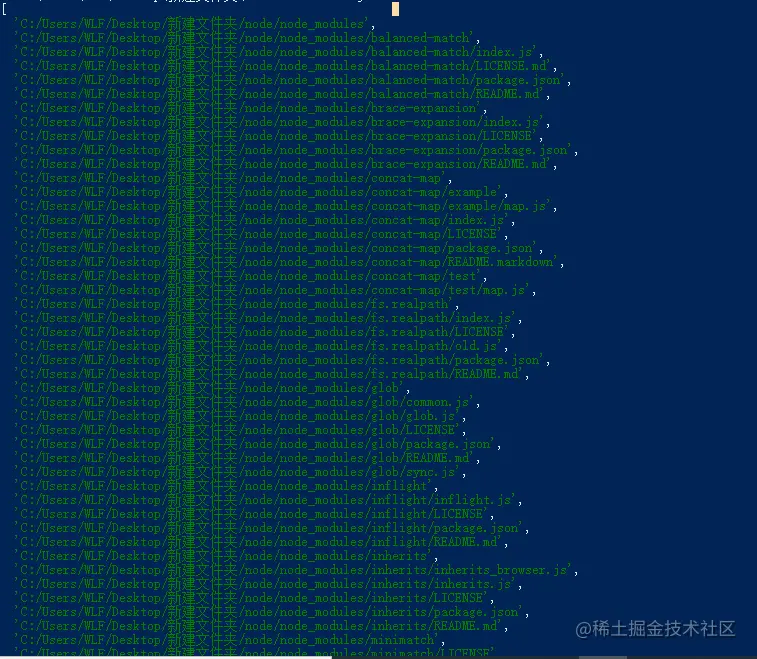
This article will take you through the non-blocking I/O inNode.js, I hope it will be helpful to you!

1. I/O:Input /outputrefers to the input and output of a system
2. The main difference between non-blocking and blocking is:In the process between receiving input and outputting results, Can you continue to receive other input?[Recommended learning: "nodejs tutorial"]
Example:
For example: Going out to eat
There are usually two ways to go out to eat:
1 Go to the canteen to eat: queue up for food
[Queue] - [Wait for the person in front Someone cooks] - [Cook for yourself] - [Eat]
2 Go to the restaurant to eat
[Sit down] - [Order food ] - [Waiting] - [Eating]
For these two ways of eating:
1 Eating in the canteen: For those who serve meals Generally speaking, you have to wait until the previous person has finished eating before you can order the next person's meal. This process is the blocking mode
2 Eating in a restaurant: Go to a restaurant to eat, and the waiter will finish your order. After the meal, continue to handle the next person's ordering needs. When your meal is ready, the meal will be delivered to you. For the waiter, this process is a non-blocking process
Understanding the key points of non-blocking I/O
1 Determine ato perform I/O operations System, for example: in the above example of cooking, the system that performs I/O is the service staff.
2Can other I/O be performed while the system is performing I/O operations?
Code Demonstration
In the sample code, we introduced a libraryglob. This library is mainly used to find files matching conditions. For details, please see https://www.npmjs.com/package/glob
First, we use the synchronization method provided by glob to read the file
const glob = require("glob"); let result = null; result = glob.sync(__dirname + "/**/*"); console.log(result);
The result is aFile array:

Let’s take a look at the execution time of this synchronization operation:
const glob = require("glob"); let result = null; console.time("glob"); result = glob.sync(__dirname + "/**/*"); console.timeEnd("glob");
Result:

An operation of reading a file will block the process for 33 milliseconds, which is unacceptable!
Next, we use asynchronous method to read the file
let result2 = null; console.time("glob2"); glob(__dirname + "/**/*", (err, res) => { console.log("glob over"); }); console.timeEnd("glob2");
Result:

Execute asynchronously Reading the file took a total of 4 milliseconds, and we could also perform other operations while reading the file asynchronously.
After studying, I believe everyone has a deeper understanding of non-blocking I/O, so see you next time. study hard, improve every day!
For more programming related knowledge, please visit:Programming Video! !
The above is the detailed content of An in-depth analysis of non-blocking I/O in Node.js. For more information, please follow other related articles on the PHP Chinese website!